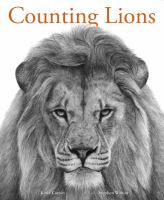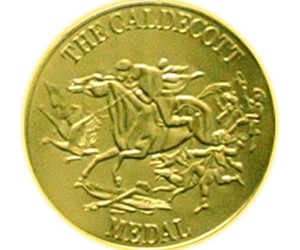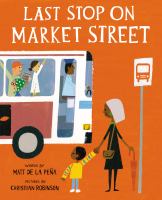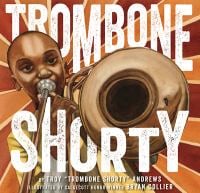Counting Lions
One lion
sits and watches his rough-and-tumble pride,
He surveys the golden savanna, and a flicker catches his eye-
something moving in the grass. A challenger to his throne?
 Thus begins Katie Cotton’s free verse in Counting Lions, illustrated by Stephen Walton (Candlewick, 2015). This book certainly can’t be described simply as a counting book about endangered animals. That would limit its audience. Young, independent readers who are interested in animals, poetry, or art should also know Counting Lions. Cotton writes about the characteristics of each featured animal in her unrhymed poetry. Her words complement the stunning illustrations.
Thus begins Katie Cotton’s free verse in Counting Lions, illustrated by Stephen Walton (Candlewick, 2015). This book certainly can’t be described simply as a counting book about endangered animals. That would limit its audience. Young, independent readers who are interested in animals, poetry, or art should also know Counting Lions. Cotton writes about the characteristics of each featured animal in her unrhymed poetry. Her words complement the stunning illustrations.
Virginia McKenna’s introduction discusses the plight of many threatened and endangered animals over the past one hundred years. She is an original founder of the wildlife protection organization Zoo Check that became the Born Free Foundation. While her narrative sends a strong environmental message, it explains important details to young science enthusiasts.
Counting Lions is all about the illustrations, which are charcoal portraits of endangered animals. It was astonishing to learn that Stephen Walton is a self-taught artist. He attributes his eye for detail to his photography, as each portrait is taken from one of his own photographs. Walton is the Supervisor at Bury Art Museum in Manchester, UK. On his website, he describes being surrounded by the landscapes of George Turner and John Constable, and the animal paintings by Edwin Henry Landseer. Do check out this time-lapse video of Walton drawing “King”, the cover image of the book.






